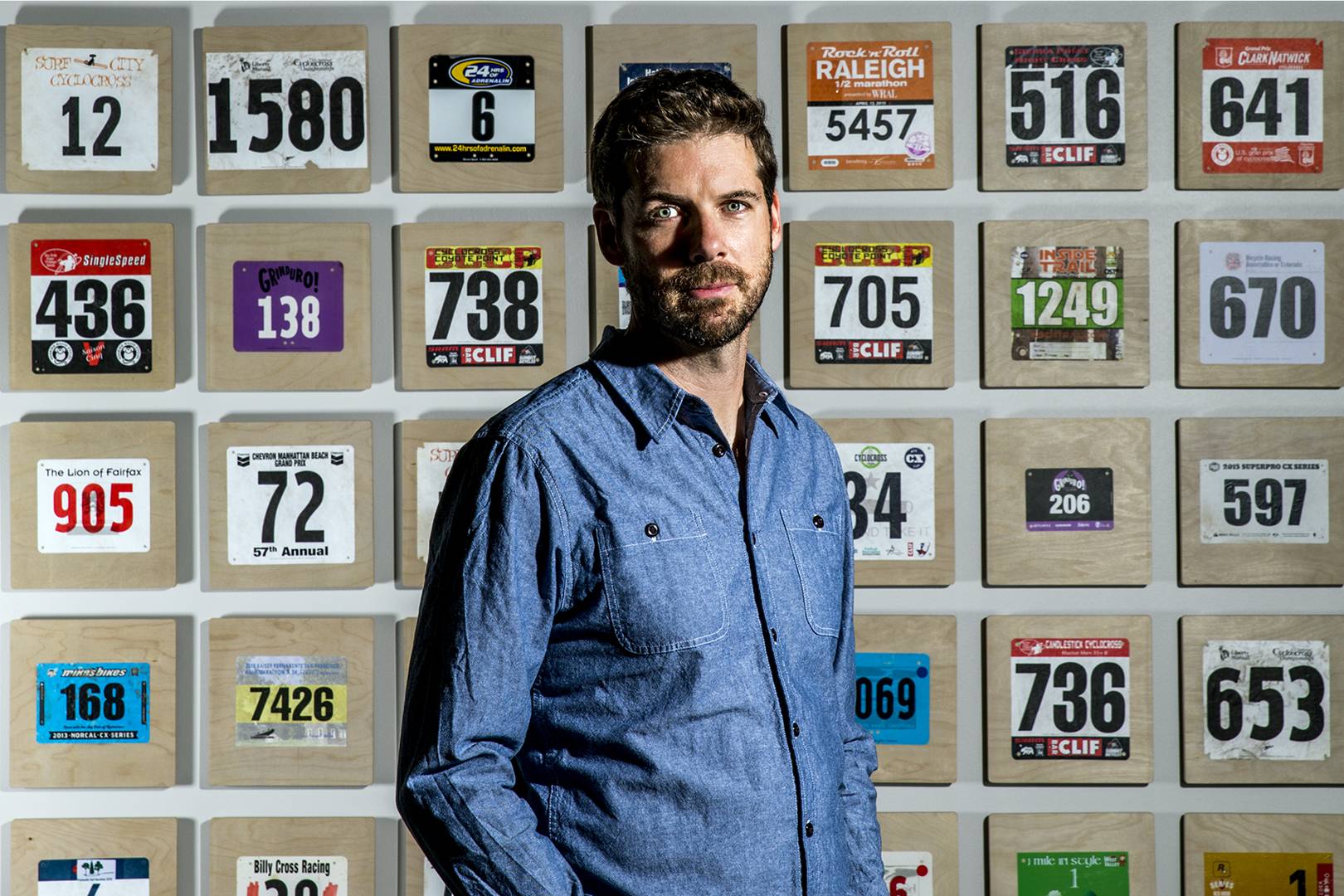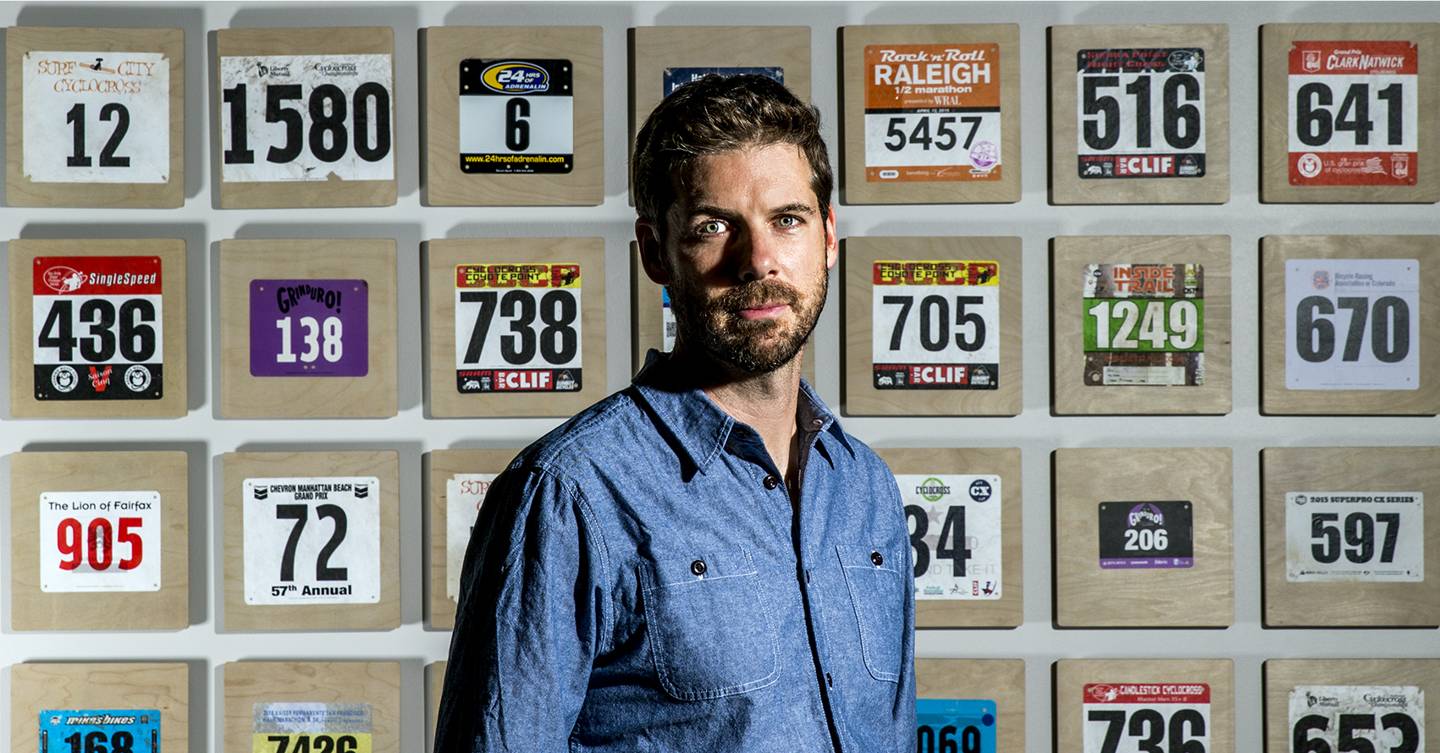

How do you take an app that’s doing well and make it ultra-popular? For James Quarles, the CEO of activity-tracking company Strava, achieving scale was the priority when he took on the role two years ago. Strava is a fitness app that styles itself as a social network for people serious about sports. Market competition is fierce: brands such as adidas, Under Armour and Asics have acquired popular apps like Runtastic, Map My Run and Runkeeper, while makers of wearable devices – such as Fitbit, Samsung and Apple – are pushing customers to use their apps. In China, the world’s largest app market, local champions Keep, Yodo Run and Codoon dominate.
Quarles’ strategy has been to turn the app into a social media platform for athletes, with a highly competitive twist: “We exist to digitise motivation,” he says. Co-founded by Mark Gainey and Michael Horvath, Strava turned 10 last year, and now has 43 million users and a particularly active community of professional athletes and dedicated amateurs.
Still, during the past 18 months, under Quarles’ leadership, the company reported the highest growth rates in its history. In May 2017, just as Quarles joined, Strava members had logged one billion activities in total on the app since its founding in 2009 – and just a year and a half later, the number of uploads has surpassed two billion.
The secret of Quarles’ success? He has introduced three major changes. First, he tried to make Strava more locally relevant. Strava Metro, for example, is a scheme for sharing aggregate commuter data from pedestrians and cyclists with city planners and departments of transportation, to help them plan safer infrastructure. (Transport for London is one of the organisations benefiting from this initiative). Strava has also increased local representatives in markets including France, Germany, Brazil and Japan, “to create a local experience with key community members, like race organisers,” says Quarles.
Strava is also broadening its scope, going beyond its two core activities, cycling and running. The app can now record all kinds of physical exercise, even gym workouts, thanks to partnerships with fitness chains like Digme and Pure Gym in the UK.
The third, and possibly most important change, is deeply rooted in Quarles’ background with Facebook and Instagram. He has invested heavily in the social media elements of Strava. “We really made Strava about the photos and the social feed and the routes that people discover,” he says. “I think that’s had a huge role in increasing not just people coming to the app when they upload, but also when they want to download, meaning to look at what their friends are doing, to find great places and be inspired.”
Quarles emphasises his drive to cultivate Strava’s athletic community. “I think that people have a more intense connection with their Strava usage on the community than they do with the brand that’s on their T-shirt or trainers,” he says. Strava users are always encouraging each other, providing, he adds, “that extra boost to come back and keep doing it.”
And Quarles doesn’t want to stop here. To grow further, Strava has to become “automagical, a kind of techie word that I use, where it’s effortless for you to do the things that are part of your fitness regime, and you’re connected to the people that matter.” He admits it won’t be easy. “We’re a startup, right? So we have a certain amount of funding, we have a certain number of employees, and we’re not an unlimited resource. And that’s the hard part. The hard part is making good decisions and executing them well, to build that future.”
More great stories from WIRED
💸 How the hell did Uber lose $5bn in three months?
♻️ The truth behind the UK’s biggest recycling myths
🤷🏼 How is the internet still obsessed with Myers-Briggs?
🚬 England has an ambitious plan to eradicate smoking by 2030
🕵🏿 It’s time you ditched Chrome for a privacy-first web browser
read more at https://www.wired.co.uk/ by Will Bedingfield
Tech








